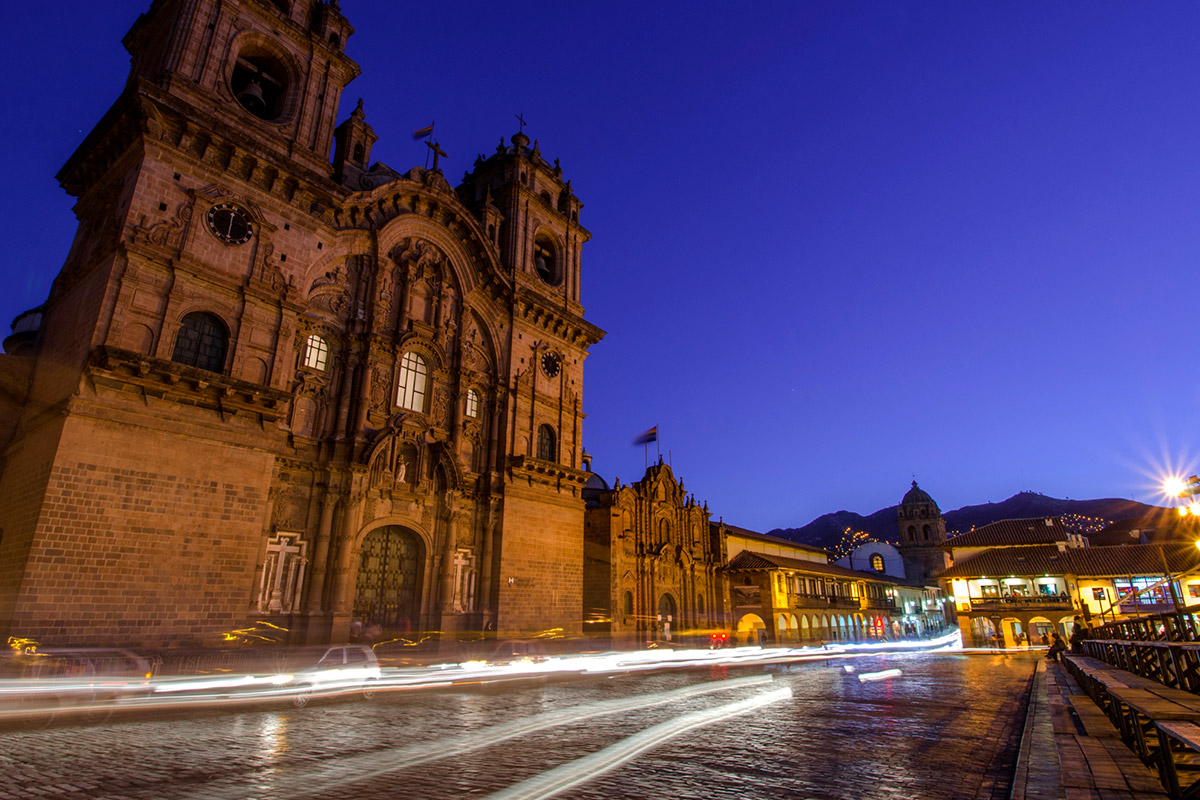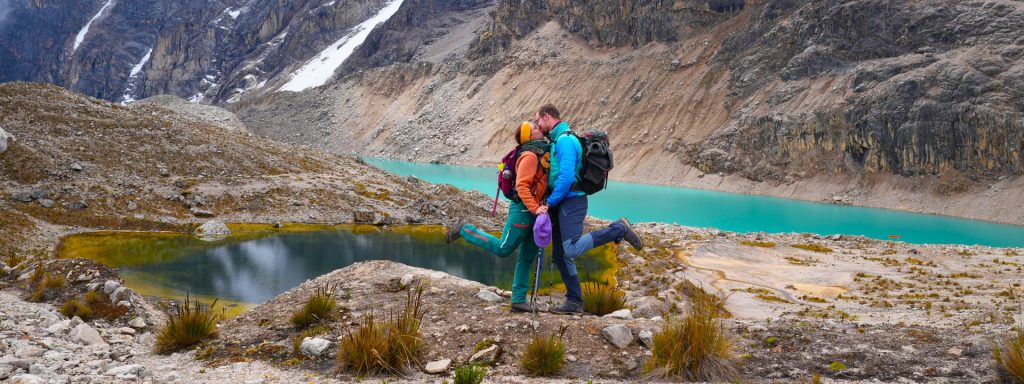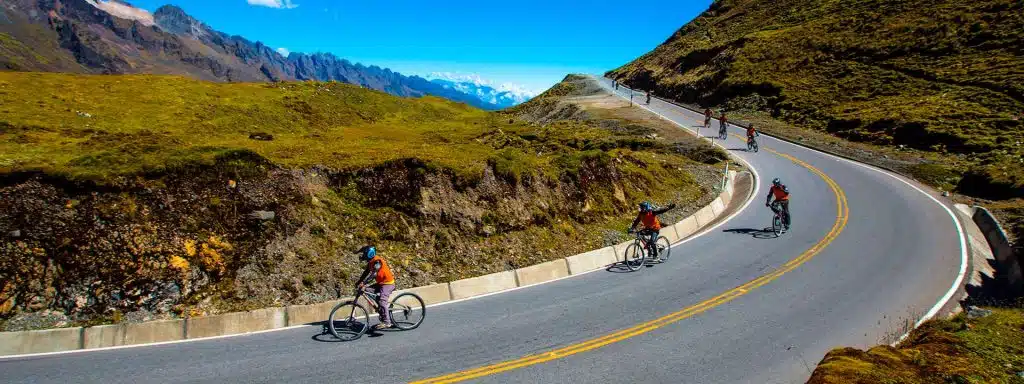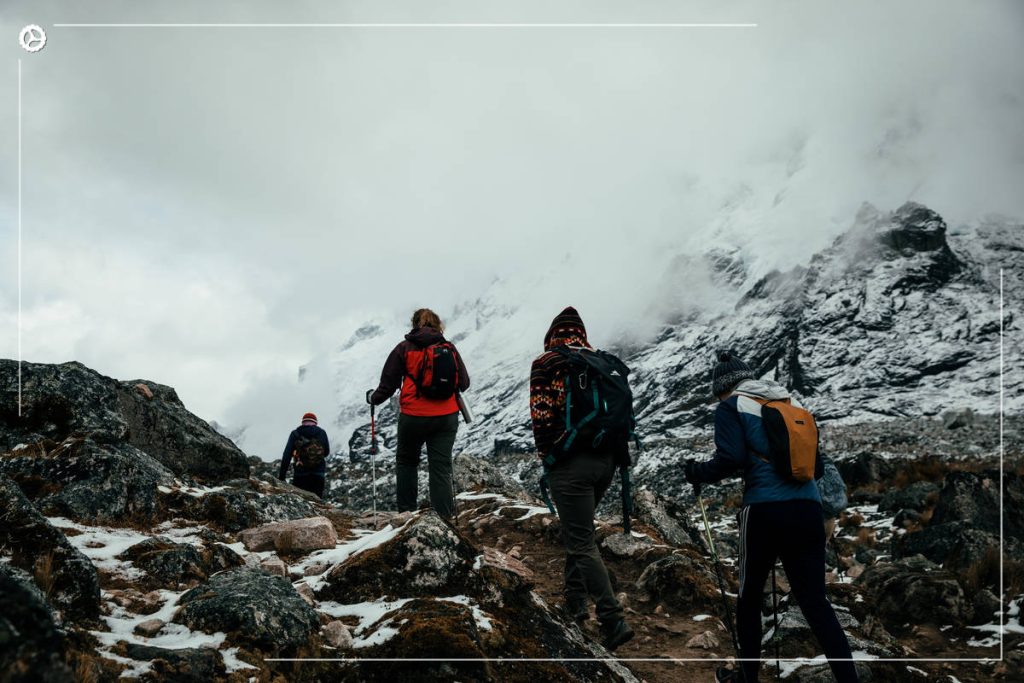Peru, a land of ancient civilizations, vibrant cultures, and breathtaking landscapes, beckons travelers year-round. However, to truly make the most of your journey, understanding the nuances of Peru’s seasons and climate is crucial. In this guide, we focus on the best time to visit Peru, with a particular emphasis on the captivating city of Cusco and its surrounding mountainous regions.
Understanding Peru’s Climate and the Best Time to Visit Peru
Peru’s climate varies significantly across its diverse landscapes, ranging from coastal deserts to lush rainforests and high Andean peaks. Cusco, located in the southeastern Andes, experiences a unique climate influenced by its high altitude and proximity to the equator. Understanding this geography is key to selecting the best time to visit Peru.
Dry Season (May to October): The Best Time to Visit Peru for Adventure
The dry season, from May to October, is considered the best time to visit Peru, especially for exploring Cusco and the surrounding areas. During this period, Cusco enjoys clear skies, abundant sunshine, and minimal rainfall, making it perfect for outdoor activities such as hiking and sightseeing.
One of the top experiences during the dry season is hiking the famous Inca Trail to Machu Picchu. This is undoubtedly the best time to visit Peru for trekking, as the weather is ideal with moderate temperatures during the day and cool nights. The dry conditions allow you to explore ancient Inca paths and enjoy stunning vistas.
Additionally, the dry season is ideal for visiting Cusco’s historic city center and its many archaeological sites, including the majestic Sacsayhuamán fortress and the fascinating Qorikancha temple.
Wet Season (November to April): A Different Yet Beautiful Time to Visit Peru
From November to April, Cusco enters the wet season, characterized by frequent rain showers and higher humidity. While this may not be the best time to visit Peru for outdoor trekking, it offers lush landscapes and fewer tourists. The rainy season brings a quiet charm and is perfect for those looking to explore Peru in a more serene setting.
Despite the challenges posed by rainfall, the wet season also has its perks. If you’re interested in cultural immersion, visiting Cusco during the wet season offers an authentic experience, especially with events like the Inti Raymi festival in June, where the streets are alive with colorful celebrations, despite the rain-soaked conditions.
Transitional Months (April and November): Ideal for Fewer Crowds and Moderate Weather
The transitional months of April and November offer a blend of both the dry and wet seasons. These months provide moderate temperatures, occasional rainfall, and fewer crowds, making them the best time to visit Peru for travelers seeking a more peaceful experience.
April, in particular, coincides with Semana Santa (Easter), which is celebrated with elaborate processions and religious ceremonies in Cusco. It’s an exceptional opportunity to experience Peruvian culture at its most vibrant, set against the backdrop of Cusco’s stunning historical streets.
Considerations for High-Altitude Travel
Cusco sits at a high altitude of approximately 3,400 meters (11,200 feet) above sea level. No matter the best time to visit Peru, it is essential to take precautions to acclimatize to the altitude. Travelers should stay hydrated, avoid alcohol, and give their bodies time to adjust to the high elevation.
For those concerned about altitude sickness, especially when traveling to higher altitudes, it’s advisable to consult with a healthcare professional before your trip. To learn more about how to prevent altitude sickness in Cusco, please check this helpful guide.
Conclusion: When is the Best Time to Visit Peru?
The best time to visit Peru ultimately depends on your personal preferences and the experiences you seek. The dry season (May to October) is ideal for outdoor activities and trekking, while the wet season (November to April) offers a more cultural and tranquil experience. Regardless of when you visit, Peru’s timeless beauty and rich culture make it a captivating destination all year round.
Whether you choose to explore the Inca ruins of Machu Picchu, stroll through Cusco’s historic streets, or immerse yourself in the vibrant Andean culture, Peru promises an unforgettable adventure no matter the season.
Biodiversity: Peru’s Rich Natural Heritage
Peru’s diverse climates and altitudinal zones contribute to its incredible biodiversity and thriving agriculture. Divided into three main climatic regions—coastal, highland, and Amazon—the country is one of the most biodiverse on Earth.
1. Coastal Region:
- Climate: Arid, desert-like climate with limited rainfall and high temperatures.
- Advantages: The coastal region supports agriculture through advanced irrigation systems and is home to crops like grapes, asparagus, and citrus fruits. This is an important agricultural zone and a unique aspect of Peru’s biodiversity.
2. Highlands or Andean Region:
- Climate: The Andean region consists of diverse altitudinal zones, from cool highlands to lower valleys.
- Advantages: These varied climates allow the cultivation of crops such as potatoes, quinoa, and corn at different altitudes. The indigenous terraced agriculture has been essential for maximizing productivity in this challenging terrain.
3. Amazon Rainforest:
- Climate: Tropical rainforest climate, with abundant rainfall and high temperatures throughout the year.
- Advantages: The Amazon rainforest is one of the world’s biodiversity hotspots, supporting an incredible array of plant and animal species. This region contributes greatly to Peru’s biodiversity and is a valuable source of medicinal plants and exotic fruits.
Overall Advantages for Biodiversity and Agriculture
- Biodiversity: The diverse climates and altitudinal zones make Peru one of the richest countries in terms of biodiversity. Its ecosystems support numerous endemic species and diverse habitats.
- Agriculture: Peru’s varied climates allow for year-round agricultural production, ensuring a continuous supply of crops suited to different altitudes. This agricultural diversity strengthens the country’s economic stability.
In conclusion, Peru’s geographical and climatic diversity not only supports a wealth of biodiversity but also makes it a country with rich agricultural productivity. There is truly a best time to visit Peru for every traveler, depending on what kind of experience they seek. Whether you’re exploring the coast, the mountains, or the rainforest, Peru offers an unparalleled natural wealth, making it one of the most important countries in terms of biodiversity and agricultural potential.





